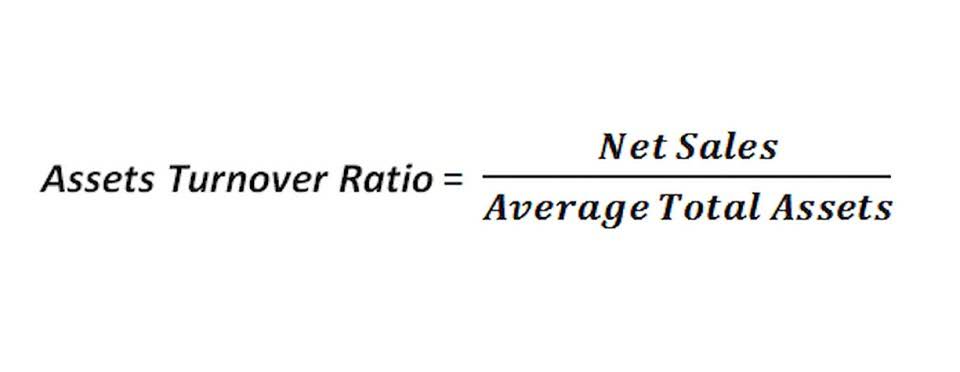
Enable your customers to self-manage their invoices and subscriptions from a secure, prebuilt customer portal. You can also streamline related revenue and reconciliation workflows with our revenue and finance automation tools. This means you can get a quote from your bank and from a variety of online lenders to compare interest rates and see if sticking with your bank is the best option. OnDeck is our top pick for a short-term business loan because you can borrow large amounts, even with a low minimum credit score and a short business history. Depending on your location, you may be able to access your funds the same day you’re approved. Additionally, you can build your business credit by making on-time payments with an OnDeck loan.
How can you qualify for invoice financing?
- The way it works is when you send a customer their invoice, your business can then withdraw that amount from the credit line.
- Accounts payable automation software helps businesses manage and track the money they owe to suppliers, vendors and other parties.
- While some lenders have a working capital loan specifically, you can use other loans to boost your working capital.
- Essentially, this type of software helps business owners and finance departments handle their payment processes by recording invoices, tracking due dates and organising information.
- An accounts receivable line of credit is a type of invoice financing in which you use your unpaid invoices to finance a credit line.
- As with any type of debt, if your client doesn’t pay the invoice, you may be required to repay the advance or loan you received.
In this blog post, we’ll explain what invoice financing is, how it works, how much it costs, and if it may be a good fit for you and your business. With an accounts receivable line of credit, you pay an interest rate based on your balance, and when a customer pays their invoice, the amount is deducted from your current balance. In addition, some lenders will charge you a draw fee, every time you pull on the credit line.
What is the meaning of invoice finance?
To find a platform that does all that, you need to make sure you’re making your selection with the unique needs of your business in mind. For example, if you operate in digital commerce, you want to choose a solution like Juni that comes with ecommerce-specific capabilities, like features designed specifically for media buying and online transactions. You can have all the software comparison guides in the world available to you, but if you aren’t intentional about your decision, you may end up choosing software that falls short for your needs.
features to look for in accounts payable software
But a slow retail season has left you with $100,000 in unpaid invoices that you need right away. The invoice financing company charges a 0.50 percent discount fee as well as a 1 percent weekly fee. Since you’ll need outstanding invoices to qualify, this type of financing works well for B2B models with long billing cycles. This includes businesses like warehouses and retail suppliers that may have net-30, -60 or -90 invoices, which means that the invoice is due 30 to 90 days after it’s issued.
What is the difference between invoice financing and factoring?

While invoice financing is a fast way to get funding, it’s important to weigh out the pros and cons of this type of financing to determine if it’s the right choice for your business. Invoice financing is usually a better option for businesses that want to maintain control over invoices and deal with their customers directly. After approval, the closing process involves reviewing documentation that will determine the terms of your selected loan. A business loan agreement is a legally binding contract that dictates your interest rate and repayment schedule. One benefit to sticking with your current bank is that you can access all of your accounts, like your bank account and loans, with one login, making it easier to stay on top of payments and track your finances.
The 8 Best ERC Companies For Getting Your ERC Tax Credit
“As interest rates have risen throughout the year, invoice financing is becoming more expensive for all businesses,” Johnston says. Once the customer pays $1,000,000 back to the financing company, the financing company will transfer the remaining balance minus the interest to FX Motors. A business credit card lets you tap credit any time you need it, usually up to a low limit like $50,000.

Resources for Your Growing Business

Withdraw funds up to your credit limit as often as needed, only paying interest on the amount you use. If approved, funds could hit your bank account as soon as the next business day. Since invoice factoring is a type of short-term financing, interest rates can be higher than they would be with a more long-term business loan. The application process for invoice funding is not overly complex or time-consuming. A lender will confirm the outstanding invoices and the companies the business anticipates invoicing to ensure the clients are in good standing.
How much does expense management software cost?
Many industries can benefit from invoice financing, including manufacturing, construction, transportation, and wholesale trade. These include American Receivable, Rapid Finance and altLINE, which is a division of The Southern Bank Co. Invoice financing might imply that a business is desperate for cash, but that is not always the case.
- With a business line of credit, you can borrow up to the credit limit as often as you like, only paying fees on the withdrawn amounts.
- Bootstrap financing is when you use your own financial resources to fund your business.
- Therefore, of the $15,000 held in reserve by the financing company, you’ll only receive $10,000 ($15,000 – $5,000 in fees).
- The factor advances a significant portion of the invoice value upfront, typically around 70-90%, and then collects payments directly from the business’s customers.
- Invoice factoring and invoice financing are often used interchangeably; however, there are differences between these two types of funding.
- The lender advances a percentage of the invoice value upfront, typically 70-90%, minus a discount or interest rate.
To finance slow-paying accounts receivable or to meet short-term liquidity, businesses may opt to finance their invoices. As you can see, this strategy allows you to improve cash flow without requiring customers to make full payments at the time of purchasing your products or services. Instead of receiving payments from your customers for their outstanding invoices, eligible invoices will be funded by a lender. This means you don’t have to wait for your customers to pay and can receive near-instant funding to improve your business’s cash flow.
Accounts payable software comparison: The best solutions available
There are many different financing options to consider, and some of the common types of invoice financing include invoice factoring, invoice discounting, export factoring, and spot factoring. It’s also an excellent option for rapidly growing businesses and seasonal companies because they can use the money for growth and expansion. Businesses with slow paying customers also benefit from invoice financing – usually net-60 or longer. As with invoice financing, you still own your invoices and your customers will pay you directly. The benefit of an accounts receivable line of credit is that you can withdraw smaller amounts of money, which would lower the amount of interest you are charged.
